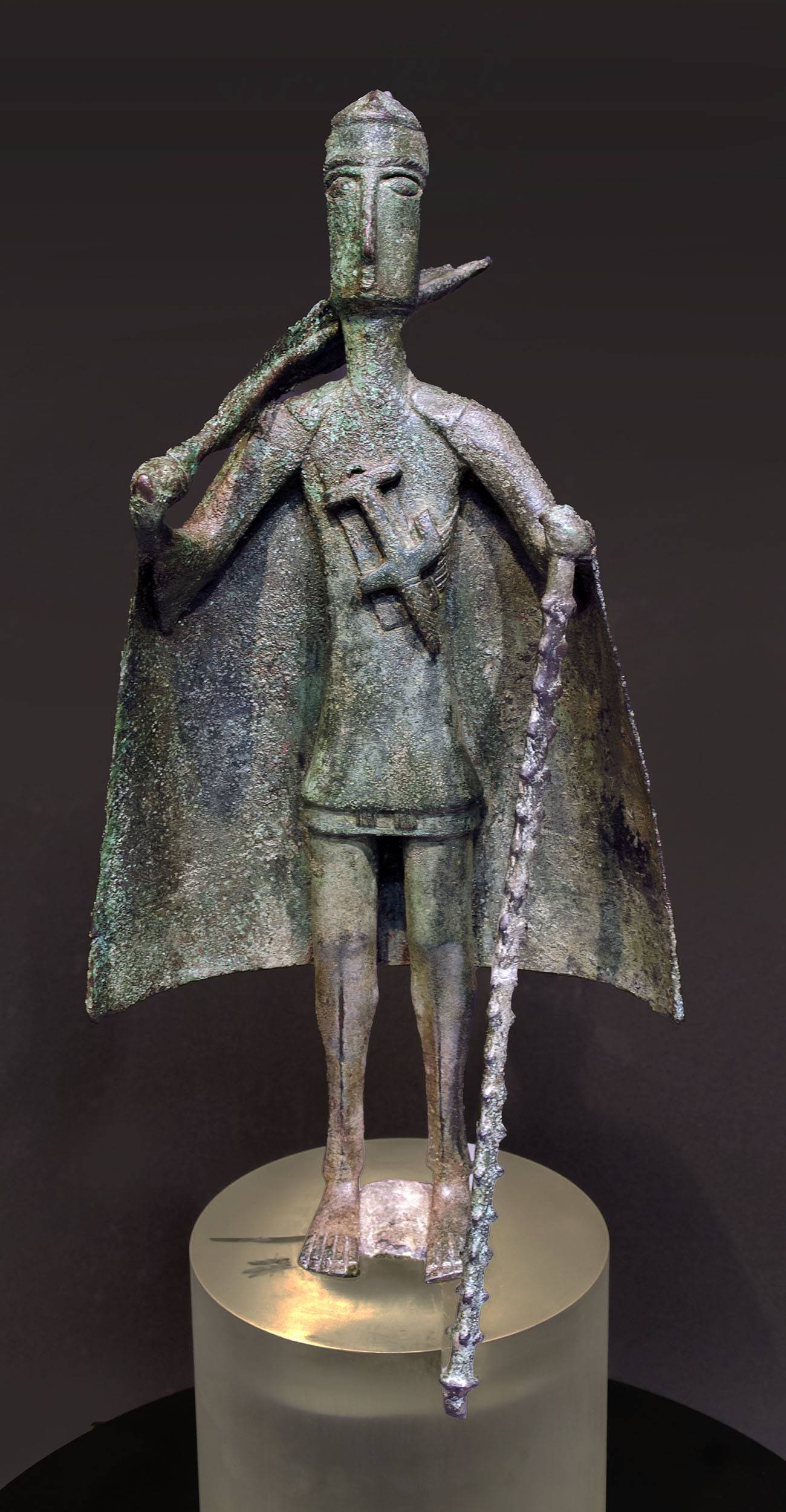The Nuragic civilization, named after the distinctive stone towers or “nuraghe” they built, was a fascinating Bronze Age culture that thrived on the island of Sardinia from around 1800 BC to 238 BC. This civilization is notable for its remarkable stone structures, metalwork, and intricate sculptures. Despite the lack of written records, archaeological evidence paints a picture of a complex society with advanced skills in construction, agriculture, and art. The Nuragic people, believed to be indigenous to Sardinia, developed a unique culture that has left a lasting imprint on the island’s landscape and heritage. This article explores the intriguing history of the Nuragic civilization, delving into its origins, timeline, and key archaeological sites.
Get your dose of History via Email
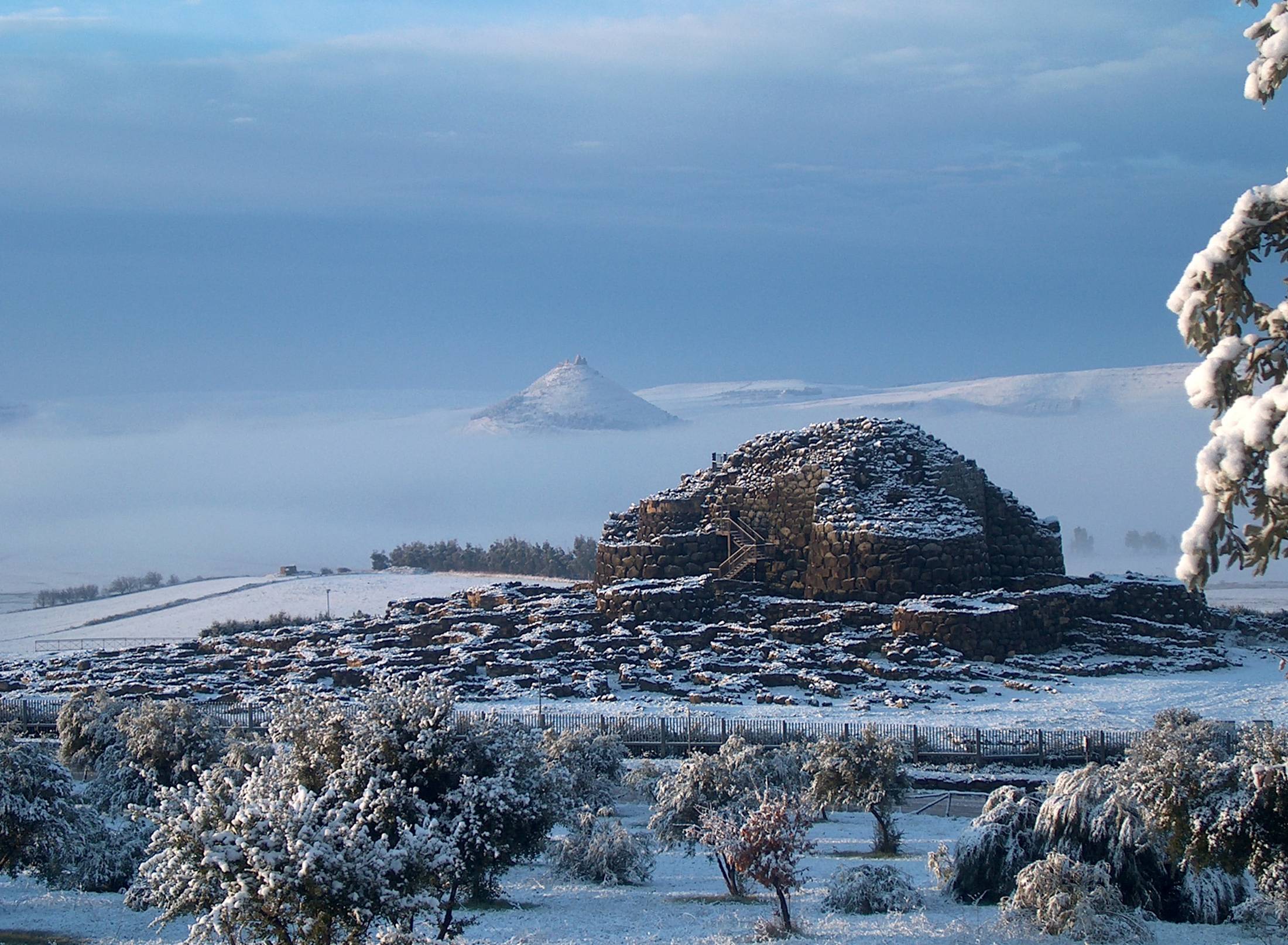
Where does the Nuragic Civilization get its name from?
The term “Nuragic” is derived from “nuraghe,” the name given to the distinctive stone towers that are the most prominent remnants of this civilization. These towers, built using large blocks of stone without mortar, are unique to Sardinia and are a testament to the engineering skills of the Nuragic people.
The nuraghe, which number in the thousands across the island, served various purposes. Some were defensive structures, while others were used for religious or communal activities. The complexity and variety of these structures suggest a society with a high degree of organization and sophistication.
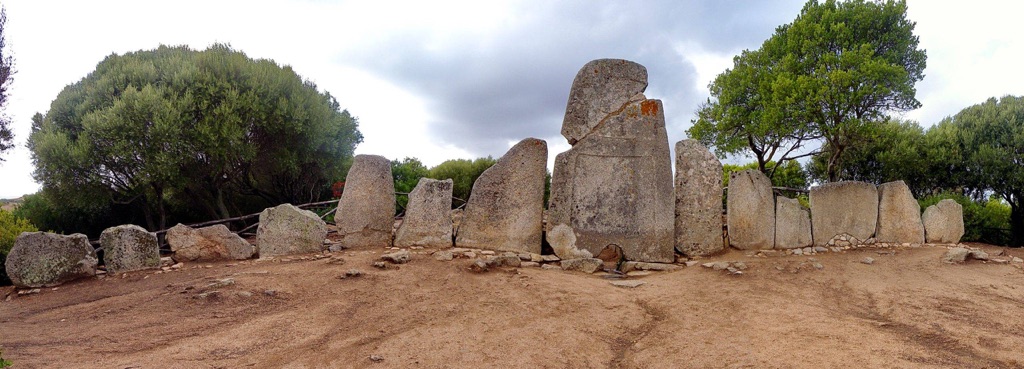
The nuraghe are not the only structures left by the Nuragic civilization. They also built sacred wells, tombs, and large communal structures known as “giant’s graves.” However, it is the nuraghe that are the most iconic and best-preserved, and it is these structures that have given the civilization its name.
The term “Nuragic” was first used by the Italian archaeologist Giovanni Lilliu in the 1950s. Lilliu, who conducted extensive research on the Nuragic civilization, used the term to distinguish this unique Sardinian culture from the contemporary cultures of mainland Italy.
In conclusion, the Nuragic civilization gets its name from the nuraghe, the distinctive stone towers that are the most visible and enduring legacy of this fascinating Bronze Age culture.
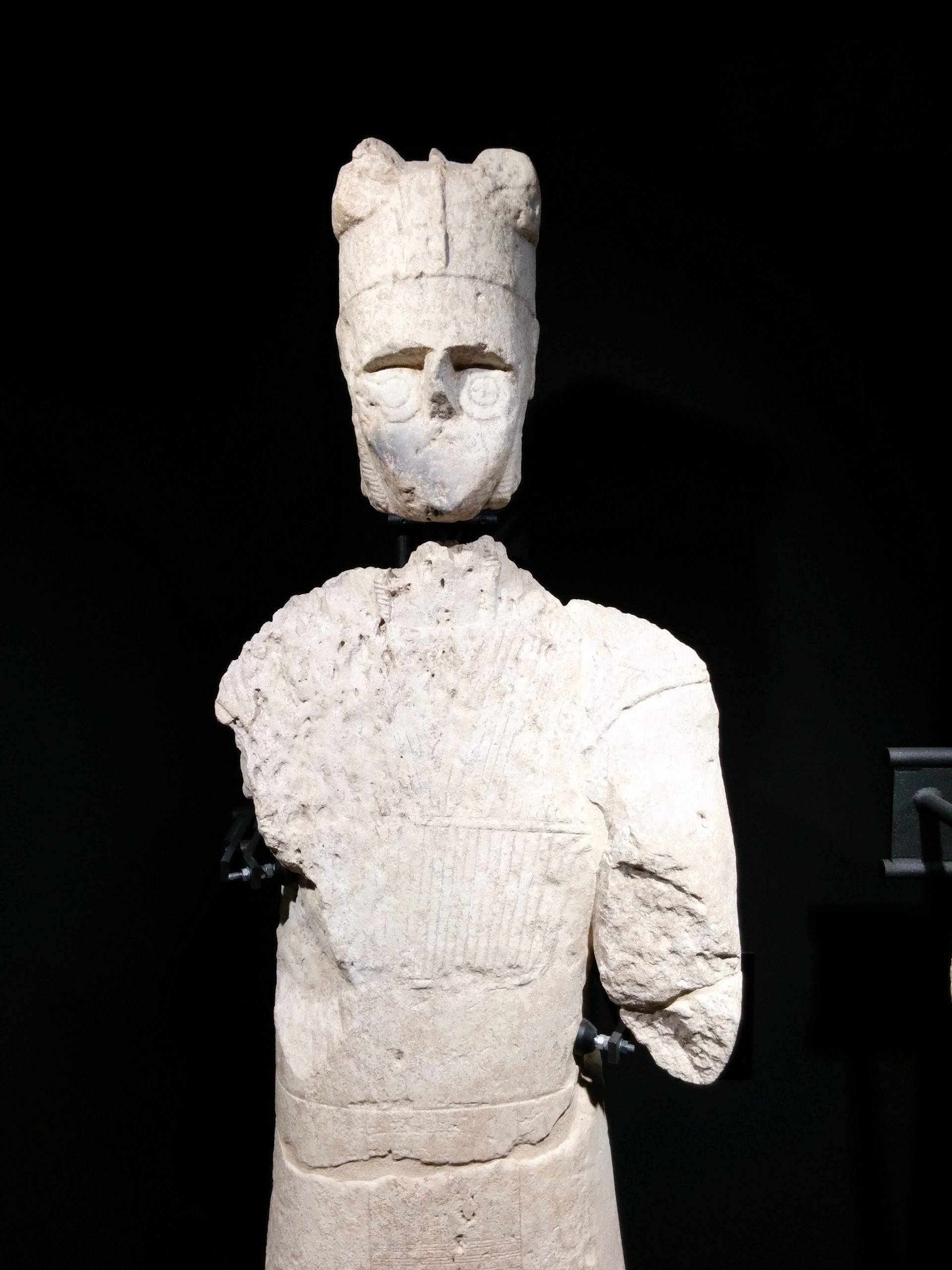
Where did Nuragic people come from?
The origins of the Nuragic people are a subject of ongoing research and debate among historians and archaeologists. However, it is generally believed that they were indigenous to Sardinia, having inhabited the island for thousands of years before the start of the Nuragic period.
Archaeological evidence suggests that the island of Sardinia was inhabited as early as the Paleolithic period. Over time, these early inhabitants developed a unique culture, influenced by their isolation and by contacts with other Mediterranean cultures.
The Nuragic civilization emerged during the Bronze Age, around 1800 BC. This period saw significant advancements in technology, agriculture, and social organization, leading to the development of the complex society that we now associate with the Nuragic people.
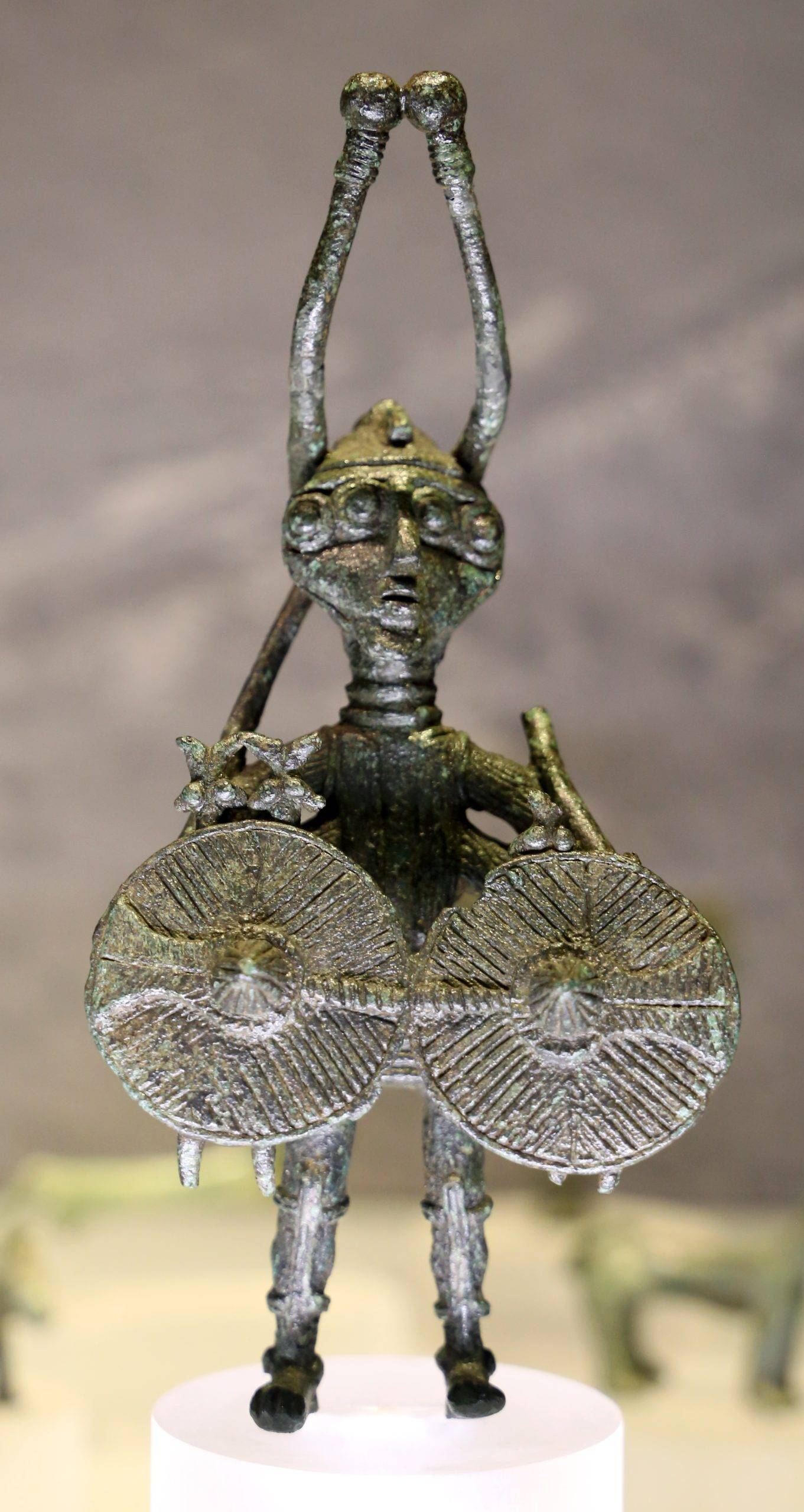
Despite their isolation, the Nuragic people were not completely cut off from the outside world. They had contacts with other Mediterranean cultures, as evidenced by the presence of foreign goods in Nuragic archaeological sites. These contacts likely influenced the development of the Nuragic civilization, but the extent and nature of these influences are still a subject of research.
In conclusion, while the exact origins of the Nuragic people are still a mystery, it is generally accepted that they were indigenous to Sardinia and that their unique culture developed over thousands of years of isolation and interaction with other cultures.
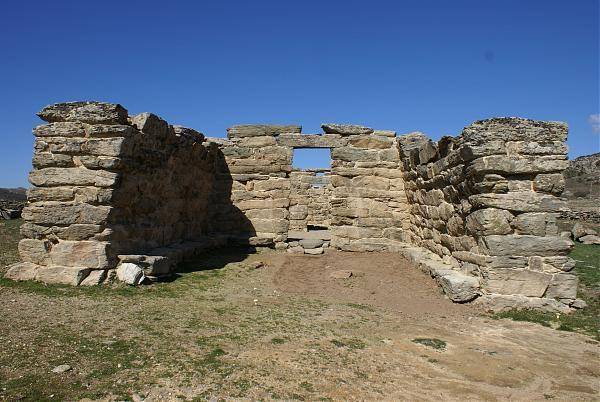
When did the Nuragic civilization exist?
The Nuragic civilization existed during the Bronze Age and the early Iron Age, from around 1800 BC to 238 BC. This period, known as the Nuragic Age, saw significant advancements in technology, social organization, and art, leading to the development of a complex and distinctive culture.
The Nuragic Age is divided into several phases, each with its own characteristics. The Early Nuragic Age (1800-1600 BC) saw the construction of the first nuraghe and the development of metallurgy. The Middle Nuragic Age (1600-1300 BC) was a period of consolidation and expansion, with the construction of more complex nuraghe and the development of new forms of art and architecture.
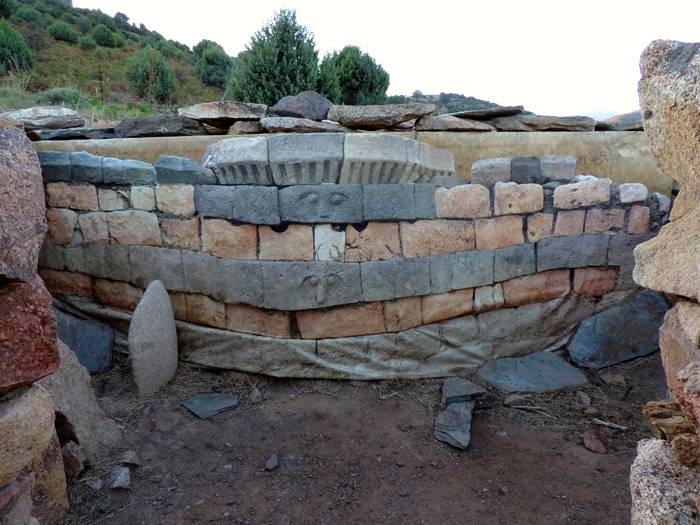
The Late Nuragic Age (1300-900 BC) was a period of cultural flourishing, with the construction of the most complex nuraghe and the production of intricate bronze figurines. The Final Nuragic Age (900-238 BC) saw the introduction of iron technology and the influence of foreign cultures, leading to significant changes in Nuragic society.
The Nuragic civilization came to an end in 238 BC, when Sardinia was conquered by the Romans. However, the legacy of the Nuragic civilization lived on, influencing the culture and identity of Sardinia for centuries to come.
In conclusion, the Nuragic civilization existed for over a millennium and a half, leaving a lasting imprint on the history and culture of Sardinia.
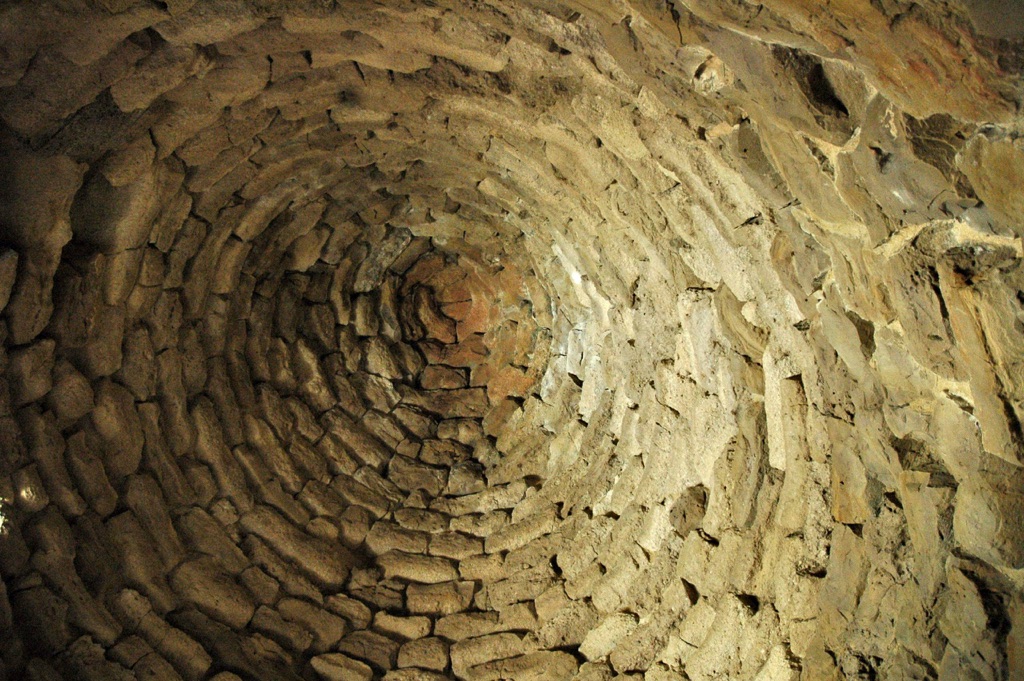
What are the Nuragic sites in Sardinia?
Sardinia is dotted with thousands of Nuragic sites, each offering a glimpse into the life and culture of this fascinating civilization. These sites, which include nuraghe, sacred wells, tombs, and “giant’s graves,” are an integral part of Sardinia’s landscape and heritage.
The most iconic Nuragic sites are the nuraghe, the distinctive stone towers that give the civilization its name. The most famous of these is the Nuraghe Su Nuraxi in Barumini, a UNESCO World Heritage Site. This complex, which includes a central tower and a surrounding village, is one of the best-preserved Nuragic sites and offers a unique insight into Nuragic architecture and society.
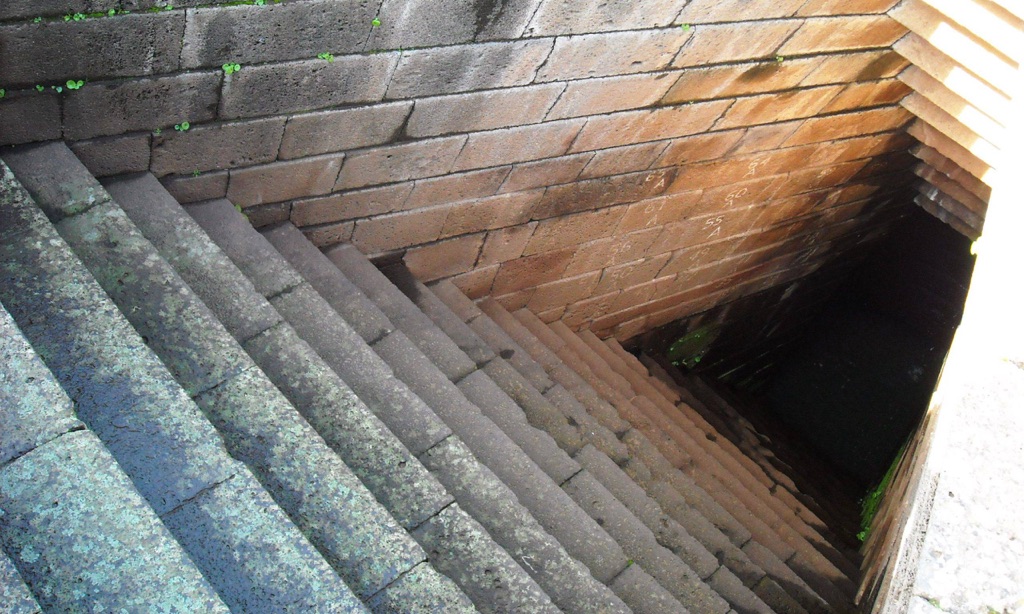
Other notable Nuragic sites include the sacred well of Santa Cristina in Paulilatino, the “giant’s grave” of Coddu Vecchiu in Arzachena, and the Nuragic village of Tiscali. Each of these sites offers a different perspective on the Nuragic civilization, from its religious practices to its burial customs.
In addition to these major sites, there are countless other Nuragic sites scattered across Sardinia, from isolated towers in the countryside to remnants of ancient settlements in modern cities. These sites, despite their age and the ravages of time, continue to stand as a testament to the skill and ingenuity of the Nuragic people.
In conclusion, the Nuragic sites in Sardinia offer a fascinating glimpse into the life and culture of the Nuragic civilization, making them a must-visit for anyone interested in history and archaeology.
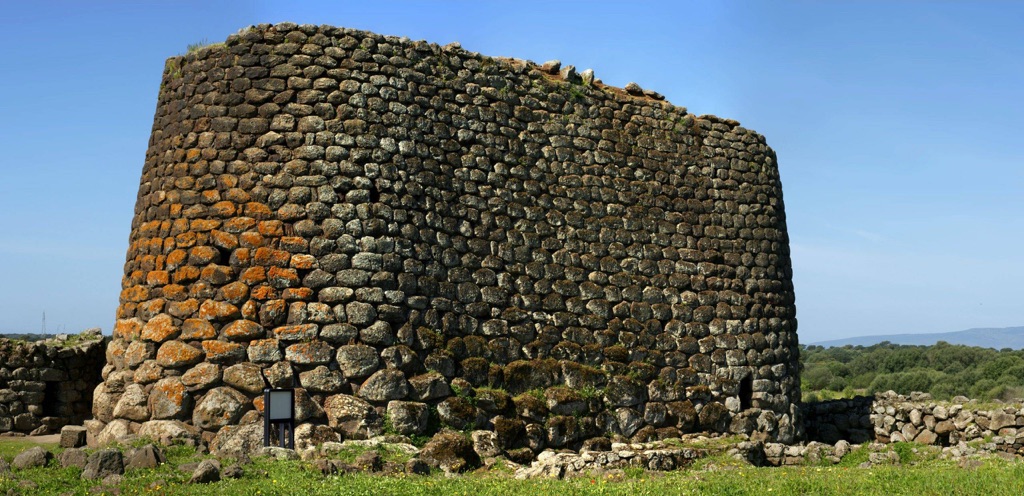
When Did the Nuragic Period in Sardinia Begin and End?
The Nuragic period in Sardinia began around 1800 BC and ended in 238 BC. This period, which spans the Bronze Age and the early Iron Age, is named after the nuraghe, the distinctive stone towers that are the most prominent remnants of the Nuragic civilization.
The beginning of the Nuragic period is marked by significant advancements in technology and social organization. The construction of the first nuraghe, the development of metallurgy, and the emergence of a complex society are all hallmarks of this period.
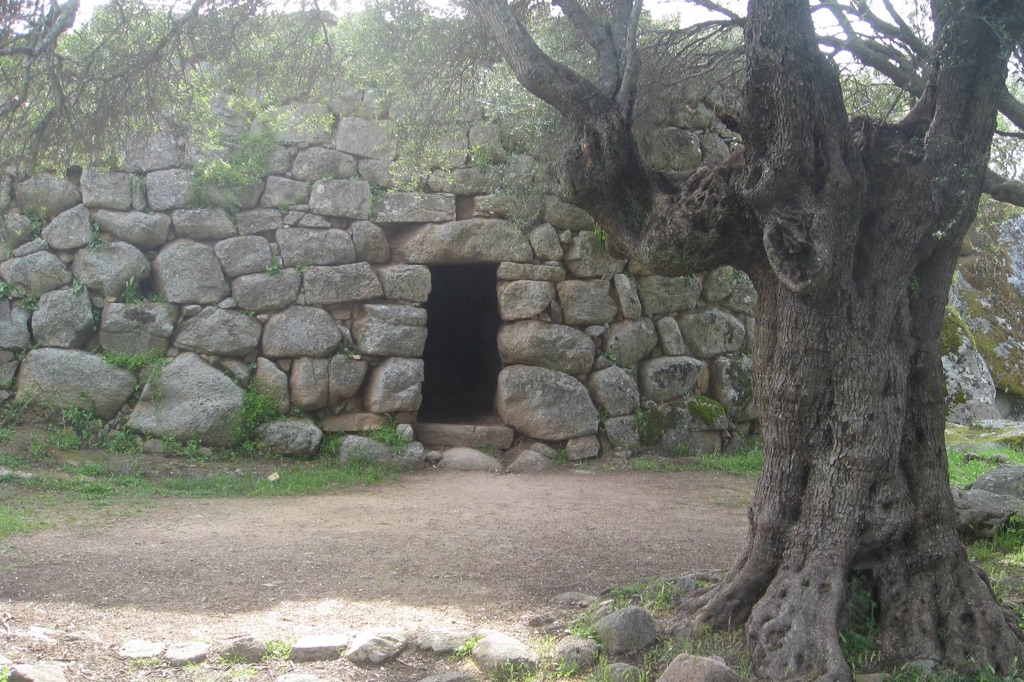
The end of the Nuragic period is marked by the conquest of Sardinia by the Romans in 238 BC. This event brought significant changes to the island, including the introduction of new technologies, the imposition of Roman law, and the gradual assimilation of the Nuragic culture into the Roman world.
Despite the end of the Nuragic period, the legacy of the Nuragic civilization lived on. The nuraghe, the sacred wells, and the “giant’s graves” continued to be used and venerated, and the Nuragic culture influenced the culture and identity of Sardinia for centuries to come.
In conclusion, the Nuragic period in Sardinia, which lasted for over a millennium and a half, was a time of remarkable achievements and profound changes, leaving a lasting imprint on the history and culture of the island.
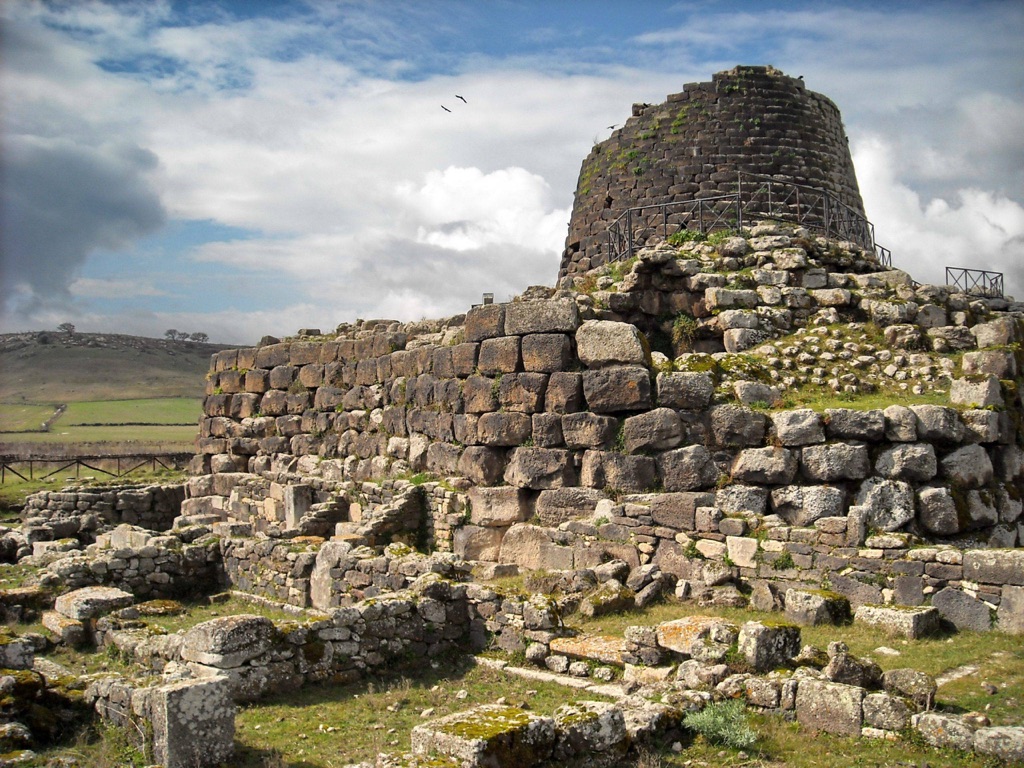
Conclusion and Sources
The Nuragic civilization, with its distinctive stone towers, intricate metalwork, and complex society, is a fascinating chapter in the history of Sardinia. From its origins in the Bronze Age to its end in the Roman period, this civilization left a lasting imprint on the island’s landscape and heritage. The Nuragic sites, scattered across Sardinia, offer a unique insight into this civilization and are a testament to the skill and ingenuity of the Nuragic people.
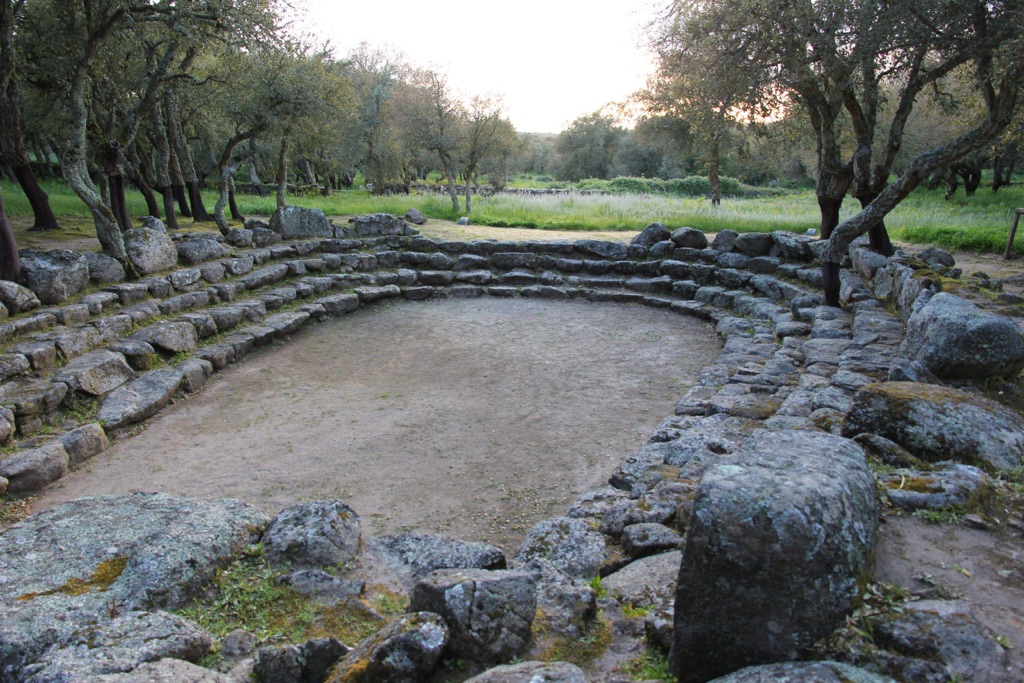
For further reading and verification of the information provided, please refer to the following sources:

